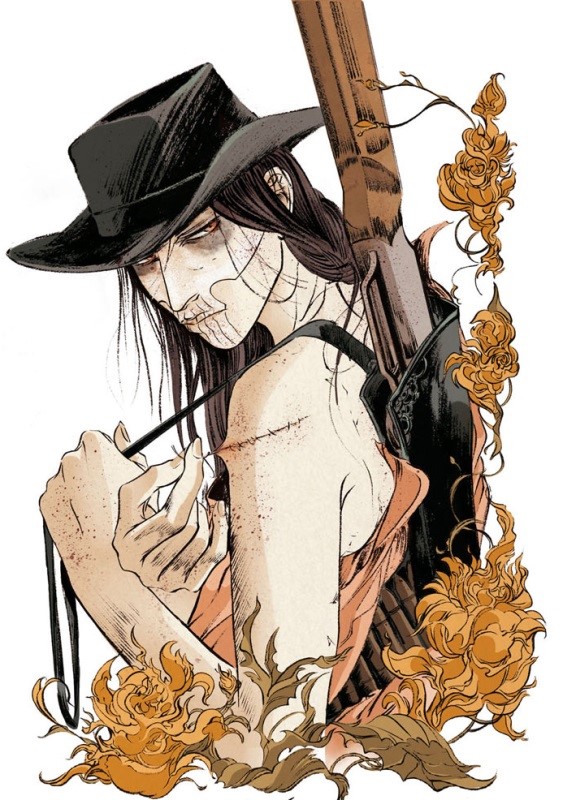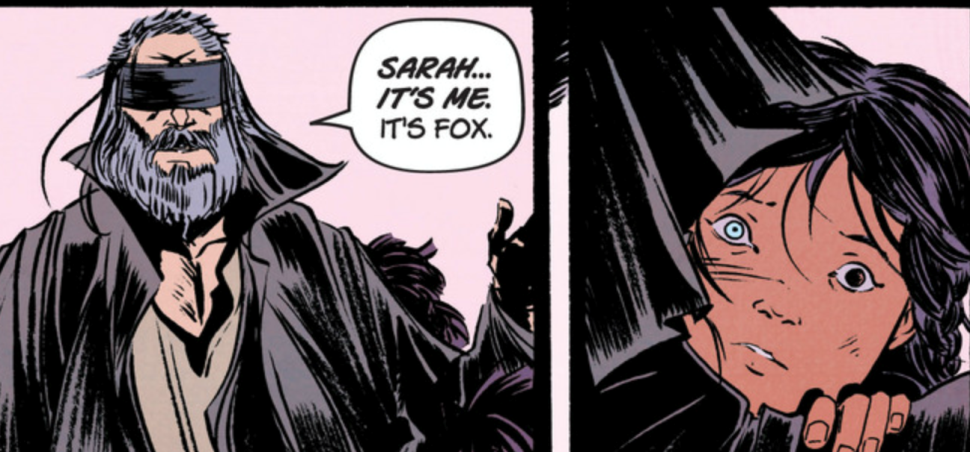Sleeping with the Lights On: The Unsettling Story of Horror by Darryl Jones
Oxford University Press, 2018
ISBN-13: 978-0198826484
Available: Hardcover, Kindle edition
In Sleeping with the Lights On, Darryl Jones addresses the origins and evolution of horror, and provides a brief but wide-ranging, descriptive overview of the relationship of violence, taboo, and fear to culture, society, and storytelling that will provide newcomers with a readable and easy-to-understand guide to the horror genre’s major terms, critiques, subgenres, and tropes addressed in both lay and academic literature. Those more familiar with the horror genre, may be acquainted with many of the ideas and criticisms, but Jones organizes the information effectively. In his introduction, he starts by tracking the origins of horror through early literature, religion, and myth, following through to the present day and making predictions about the future of horror. He provides clear explanations of terror, horror, the Gothic, the uncanny, and the weird, citing major, primary sources for their origins and definitions, and argues that changing cultural anxieties inform the development of the horror genre. Further chapters discuss major branches of the horror genre: monsters, the occult and supernatural, horror and the body (this includes transformation and cannibalism as well as body horror), horror and the mind (focused on madness, doppelgangers, serial killers, and slashers), and mad science.
In each of these chapters, Jones explores the breadth of the topic by first addressing the general concept (monstrosity, in the chapter on monsters) and then getting more specific and discussing critiques and analyses of how their representations and meanings have changed with the times, through a more specific examination (in this case, of the representation of cannibals, vampires, and zombies in society, culture, history, and literature). Although he is able to address these only briefly, it is clear that his knowledge is deep as well as wide.
An afterword discusses post-millenial horror and Jones’ predictions for the future of horror. Noting that one of horror’s defining characteristics is its existence on the margins and manipulation of boundaries, he observes that its recently gained respectability in academic circles and the way it is now marketed to mainstream popular culture may be compromising its transgressiveness. Jones coins the term “unhorror” to describe movies that use horror tropes, sometimes exaggeratedly, and using computer-generated effects, without actually being horrific (he seems to be focused on recent kaiju movies, which do definitely differ in tone depending on who is making them. I don’t think anyone can say that Shin Godzilla is “unhorror” despite its CGI, though) and introduces “Happy Gothic”, which uses a Gothic mode but in a romantic, whimsical way.
Jones also notes that recent storytelling in the genre is rooted in cultural anxieties about economic, ecological, racial, technological, and political horrors, all of which are very real parts of people’s lives right now, as well as a return to “old-school horror”, but that Asian and Hispanic horror are also having a major impact on the genre, as well as television, podcasts, and Internet memes such as Slender Man. Jones concludes that horror is expanding past the page and movie screen directly in front of our faces, to include new voices and new fears in ways that, at this time, we can’t even imagine.
As this is a short book, it really isn’t possible to cover everything, and I feel like Jones maybe stretched himself a little too far in trying to include as much as he did, especially in his afterword. He devotes just a few sentences to YA horror and paranormal romance(entire books have been written about this), and a few to the “Happy Gothic”, without really elaborating or providing examples (I have never heard of this and now I am curious). His attempt to describe “unhorror” was fragmented as well. He just didn’t have the space for everything I think he would have liked to have said, so the end felt a little unfinished. I was also a little frustrated with the index. While it lists authors and titles of books and movies cited, movies were not always identified by the date (there are a number of movies titled Godzilla, for example) and terms defined in the text were not always included (abjection, taboo, and sublime, for instance). This is less of a big deal if you have a paper copy that you can just flip through, but doing that on the Kindle is more difficult. The “further reading” section was also difficult for me to read, and I would have liked a little space between citations. These are minor quibbles, though.
This is a great book for anyone looking for background on the genre or arguments for its validity, or who is just interested in the topic, and especially for newcomers seeking a good overview of the horror genre in literature and cinema. Highly recommended.


 s wife Beauty, and the tragedy that awaits her due to his carelessness with her. We learn through the tale that Deathface Ginny’s skills as gunslinger and sabre wielder are legendary, and that if she is set free, death awaits those who cross her path. As the book progresses, Sissy discovers there is much more to the story.
s wife Beauty, and the tragedy that awaits her due to his carelessness with her. We learn through the tale that Deathface Ginny’s skills as gunslinger and sabre wielder are legendary, and that if she is set free, death awaits those who cross her path. As the book progresses, Sissy discovers there is much more to the story. this is definitely a title you need to pick up. Deconnick and Rios are an amazing team of women creators in the comic horror genre. Highly recommended.
this is definitely a title you need to pick up. Deconnick and Rios are an amazing team of women creators in the comic horror genre. Highly recommended.




Follow Us!